CNN
—
When you think of Tokyo, you might think of neon-lit skyscrapers and its world-famous bullet train system, or films like “Akira” and “Ghost in the Shell” that depict a futuristic Japan filled with intelligent robots and holograms.
But there’s a more mundane side of Japan that you won’t find anywhere in these cyberpunk films. It involves fax machines, floppy disks and personalized ink stamps – relics that have long died out in other advanced nations but have stubbornly persisted in Japan.
For everyday residents, the lag in digital technology and the ensuing bureaucracy is at best inconvenient, and at worst makes you want to tear your hair out.
“Japanese banks are portals to hell,” one Facebook user wrote in a local expat group. A commenter joked sarcastically: “Maybe sending a fax would help.”
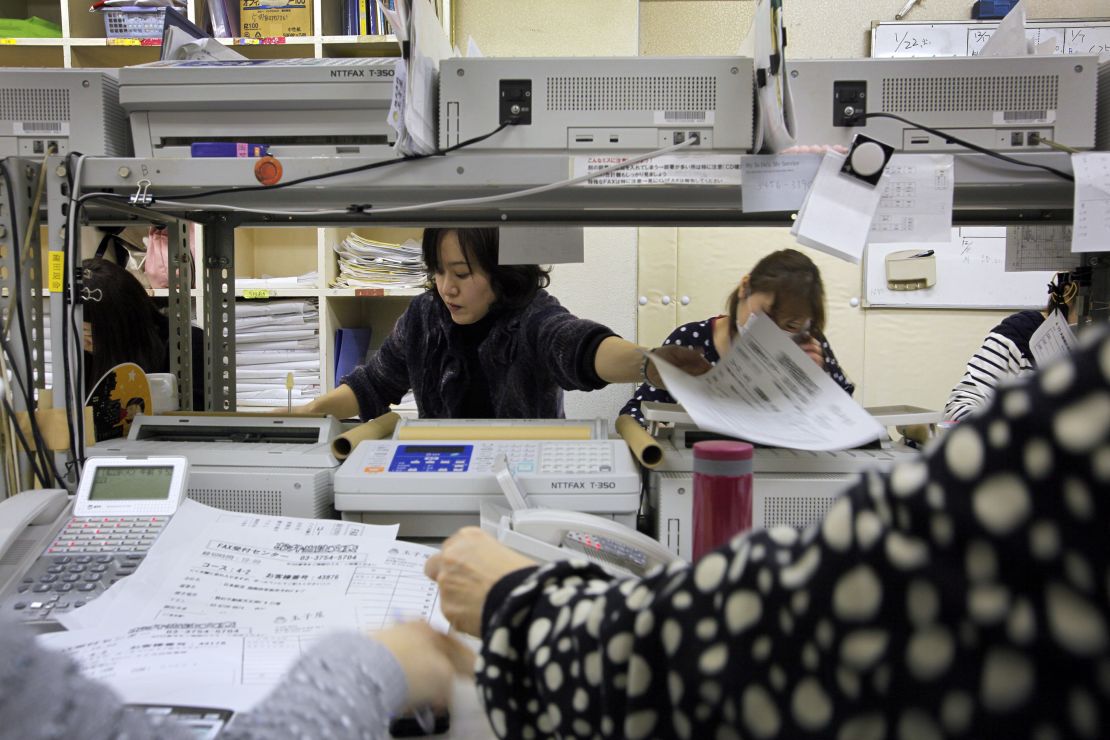
The scale of the problem became terrifyingly clear during the Covid-19 pandemic, as the Japanese government struggled to respond to a nationwide crisis with clumsy digital tools.
In the years since, they’ve launched a dedicated effort to close that gap, including a newly created Digital Agency and a host of new initiatives. But they’re arriving to the tech race decades late – 36 years after the arrival of the World Wide Web, and more than half a century after the first ever email was sent.
Now as the country races to transform itself, the question remains: What took them so long, and can they still catch up?
It wasn’t always this way. Japan was the object of global admiration in the 1970s and ‘80s, when companies like Sony, Toyota, Panasonic and Nintendo became household names. Japan brought the world beloved devices like the Walkman, and games like Donkey Kong and Mario Bros.
But that changed by the turn of the century with the rise of computers and the internet.
While the world was shifting to software-driven economies, “Japan, with its strengths in hardware, was slow to adapt to software and services,” said Daisuke Kawai, director of the University of Tokyo’s Economic Security and Policy Innovation Program.
A range of factors exacerbated the problem, he said. Japan didn’t invest enough in information and communications technology, and as its electronics industry shrank, Japanese engineers flocked to foreign companies.
That left a government with low digital literacy and a lack of skilled tech workers. Over time, different ministries and agencies adopted their own patchwork IT strategies, but there was never a unified government push – meaning public services never properly modernized and remained reliant on paper documents and hand-carved, personalized seals called hanko that are used for identity verification.
There were cultural factors, too.
“Japanese companies are known for their risk-averse culture, seniority-based … hierarchical system, and a slow, consensus-driven decision-making process – all of which hampered innovation,” Kawai said.
And thanks to Japan’s plummeting birthrate, it has far more old people than young people. This outsized elderly proportion meant a wider distrust of new technologies, wariness of digital fraud, a preference for traditional methods like the hanko, and “relatively little demand or pressure for digital services,” Kawai said.
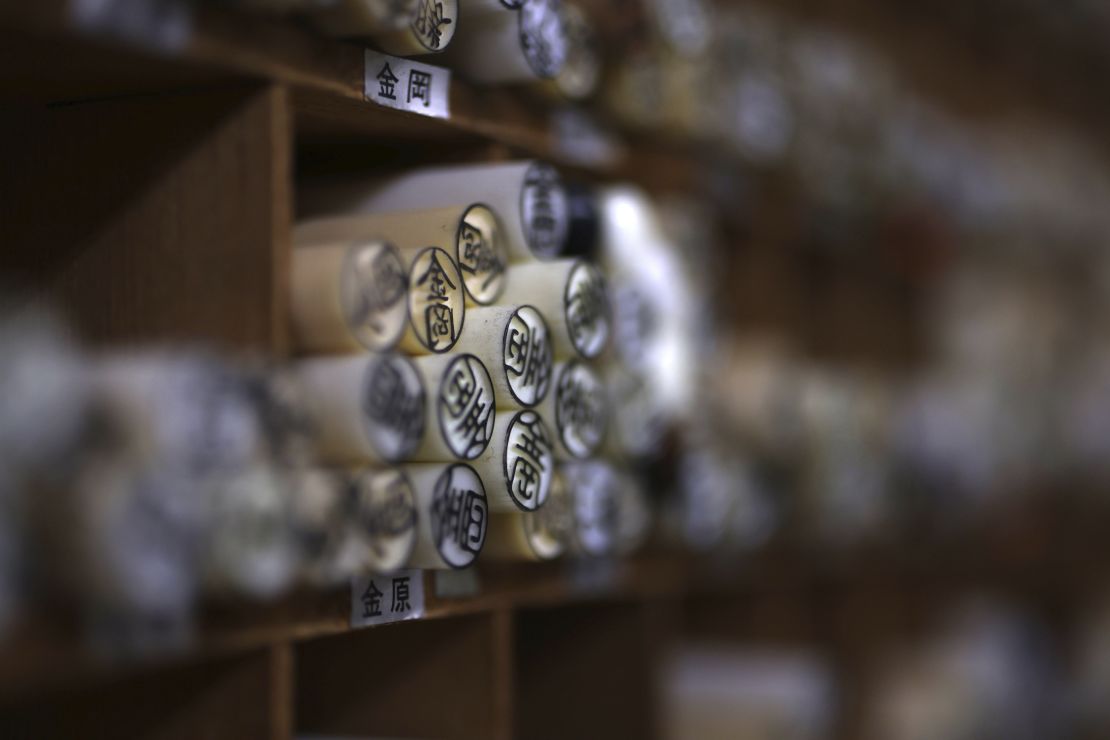
That apathy was widespread, said Jonathan Coopersmith, professor emeritus of history at Texas A&M University. Small businesses and individuals didn’t feel compelled to switch from fax machines to computers: Why buy expensive new machinery and learn how to use it, when fax worked fine and everybody in Japan used it anyway?
Larger corporations and institutions like banks or hospitals found a potential switch too disruptive to daily services. “The bigger you are, the harder it is to change, especially software,” said Coopersmith, who wrote about Japan’s relationship with the fax machine in a 2015 book about the device.
It also posed a legal headache. Any new technology requires new laws – for instance, how electric scooters prompted new road regulations, or how countries worldwide are now trying to legislate against deepfakes and AI copyright after the AI boom. Digitizing Japan would have required changing thousands of regulations, Coopersmith estimates – and lawmakers simply had no incentive to do so. After all, it’s not like digitization is a key issue driving votes in elections.
He summed it up: “Why do I want to become part of the digital world if I don’t need to?”
The pandemic push
The result was that for decades, Japan remained stuck with old tech even as it progressed in other ways – creating the ultimate contradiction.
Japan has world-class robotics and aerospace industries, and features of day-to-day life that tend to awe foreign tourists, like safe and clean public spaces, ubiquitous vending machines and convenience stores, widely accessible public transit and a comprehensive bullet train system.
Its digital failings look even more stark by comparison.
In 2018, Japan’s then cybersecurity minister sparked outrage and disbelief when he claimed he’d never used a computer since his secretaries did “that kind of thing” – before walking back his remarks a few days later.
And it wasn’t until 2019 that the last company in Japan still operating pagers finally halted services – decades after the personal messaging device was rendered obsolete by cell phones.
The prevalence of old technology also created endless bureaucracy. Opening a bank account or registering for housing might require a hanko seal, along with documents of personal information you have to visit a local council to request in person, said Kawai.
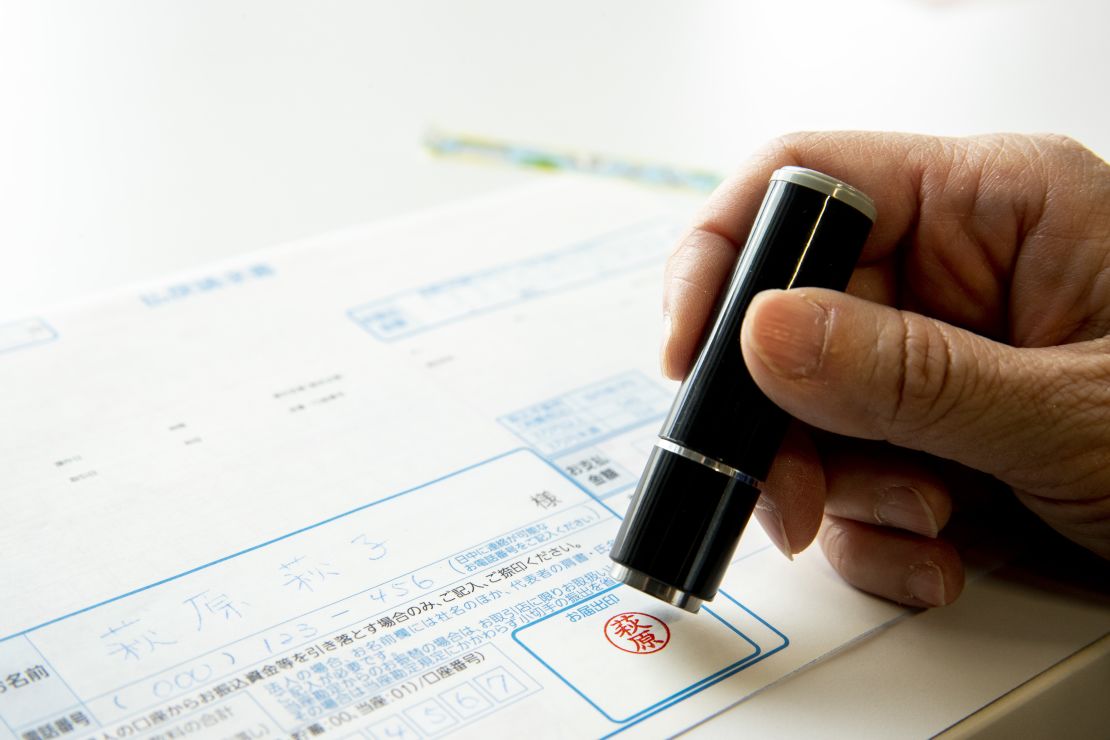
In the end, it took a global pandemic to finally force change. Japan’s technological gap became evident as national and local authorities became overwhelmed, without the digital tools to streamline their processes.
It was only in May 2020, months after the virus began running rampant globally, that Japan’s health ministry launched an online portal for hospitals to report cases instead of relying on handwritten faxes, phone calls or emails.
And even then, hiccups persisted. A contact tracing app had a months-long system error that failed to notify people of possible exposure, reported public broadcaster NHK. Adjusting to remote work and school was tough, as many had never used file-sharing services or video tools like Zoom.
In one mind-boggling case in 2022, a Japanese town accidentally wired the entirety of its Covid relief fund – about 46.3 million yen ($322,000) – to just one man’s bank account. The confusion stemmed from the bank being given both a floppy disk of information and a paper request form – but by the time authorities realized their error, the man had already gambled away most of the funds, according to NHK.
For anyone under 35, a floppy disk is a magnetic memory strip encased in plastic that is physically inserted into a computer. Each one typically stores up to 1.44MB of data – less than an average-resolution photo on your iPhone.
The situation got so bad that at one point, Takuya Hirai – who in 2021 was appointed to the newly created role of Minister of Digital Transformation – described the country’s handling of the pandemic as a “digital defeat.”
Thus, the Digital Agency was born – a department tasked with bringing Japan up to speed, born from a “combination of fear and opportunity,” said Coopersmith.
Created in 2021, it launched a series of initiatives including rolling out a smart version of Japan’s social security card and pushing for more cloud-based infrastructure.
Last July, the Digital Agency finally declared victory in its “war on floppy disks,” eliminating the disks across all government systems – a mammoth effort that required scrapping more than 1,000 regulations governing their use.
But there were growing pains, too. At one point, the government asked the public for their thoughts about the metaverse – through a convoluted system that required downloading an Excel spreadsheet, filling out your details, and emailing the document back to the ministry, local media reported.
After the move garnered scorn and disbelief on social media, then Digital Minister Taro Kono wrote on Twitter: “The (ministry) will respond properly using an (online) form from now on.”
With the government firmly forging forward, companies hastened to follow, many hiring external contractors and consultants to help overhaul their systems, said Kawai.
Masahiro Goto is one such consultant. As part of the Nomura Research Institute’s (NRI) digital transformation team, he has helped large Japanese companies across all industries adapt to the digital world – from designing new business models to adopting new internal systems.
These clients are often “eager to move forward, but they’re unsure how to go about it,” he told CNN. “Many are still using old systems that require a lot of maintenance, or systems that are approaching end-of-service life. In many cases, that’s when they reach out to us for help.”
The NRI consultants are in high demand – the number of companies reaching out for their services “has definitely been rising year by year,” especially in the last five years, Goto said. And for good reason: for years, Japanese companies outsourced their IT needs, meaning they now lack the in-house skills to fully digitize.
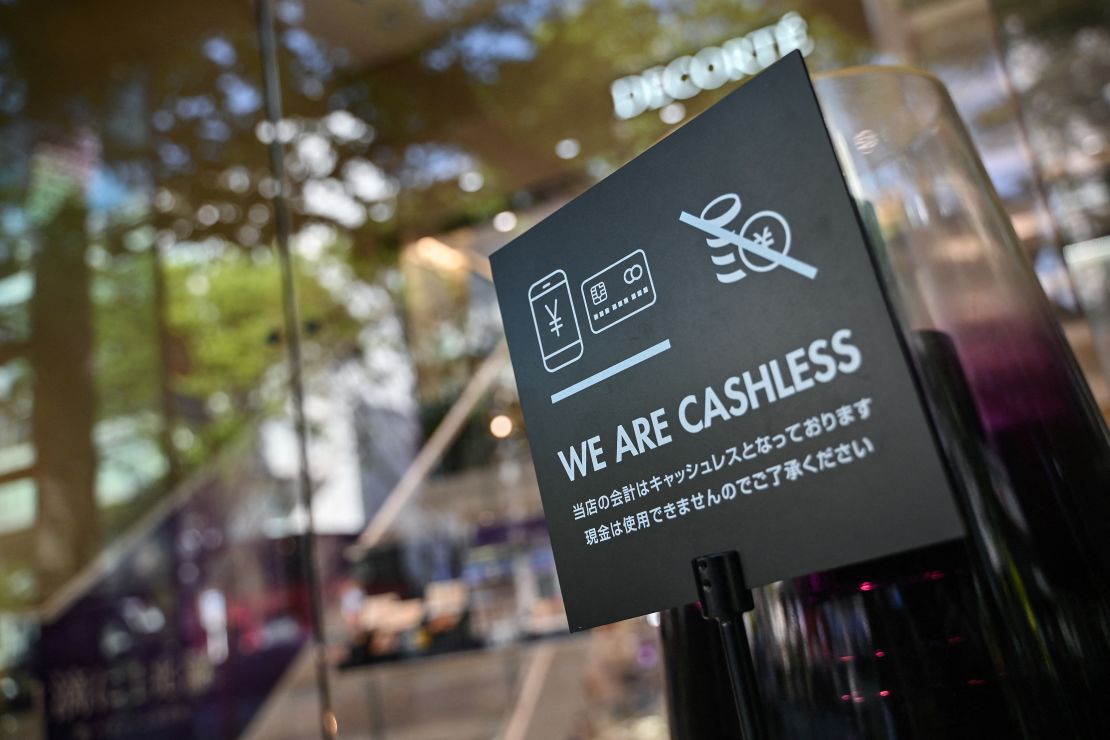
“Fundamentally, they want to make their operations more efficient, and I believe they want to actively adopt digital technologies as a means of survival,” he said. “After all, Japan’s population is going to continue to decline, so improving productivity is essential.”
There may be resistance in certain pockets – the Digital Agency’s plan to eliminate fax machines within the government received 400 formal objections from different ministries in 2021, according to local media.
Things like the hanko seal – which are rooted in tradition and custom, and which some parents gift to their children when they come of age – may be harder to phase out given their cultural significance.
The pace of progress also depends on how willing the Digital Agency is to push regulatory reform, and how much lawmakers will prioritize digitization in creating future budgets, Kawai said. There’s also the fact Japan is playing catch-up with moving goalposts, as new technologies surge forward in other parts of the world.
“This is going to be an ongoing challenge because the digital technologies of 2025 are going to be different from the ones of 2030, 2035,” said Coopersmith.
But experts are optimistic. Kawai estimates at this rate, Japan could catch up with some Western peers in five to 10 years.
And finally, there’s a public hunger for it, with more and more businesses accepting cashless payments and rolling out new online services.
“People are generally eager to digitize for sure,” said Kawai. “I’m sure that young people, or the general public, prefer to digitize as fast as possible.”

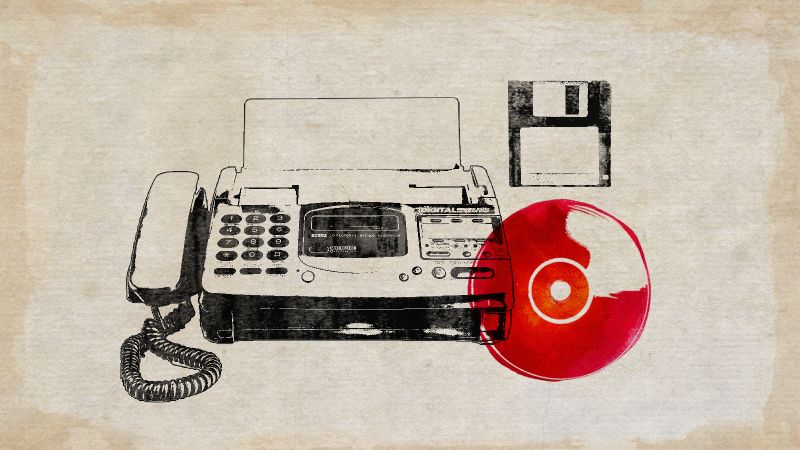
AloJapan.com